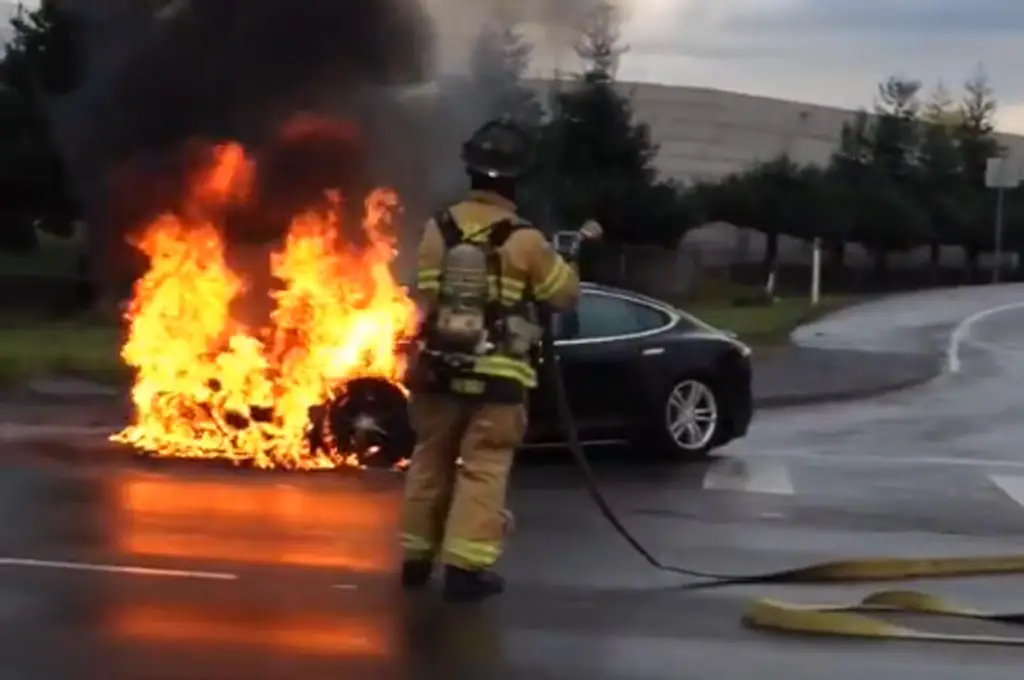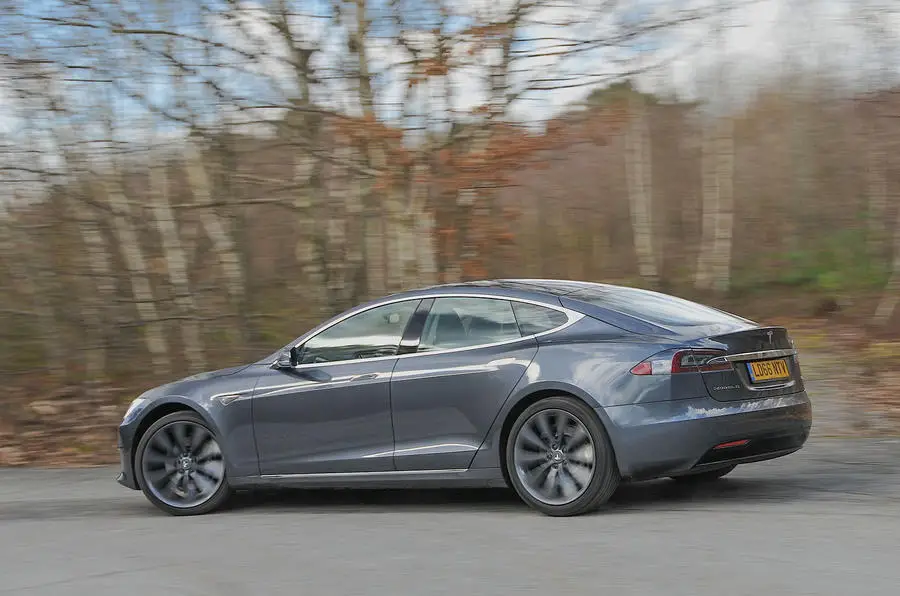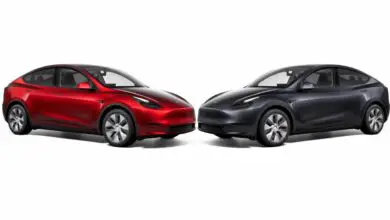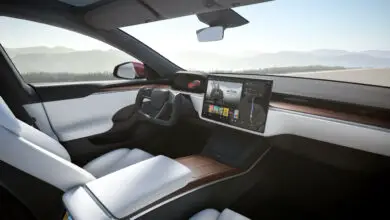This Is Why Electric Cars Catch Fire: What You Need To Know

Battery-powered vehicles, also known as electric cars or EVs, are regarded by many as the future of transportation and mobility. Automakers throwing money at this technology faster than they’ve ever thrown money at anything so they can continue to thrive in the future. It’s safe to say that people are buying them by the truckload, too, but they still only make up a small percentage of cars on the road.
Why is this?
Well, it’s safe to say that electric cars aren’t trusted quite yet. Not only are consumers worried about the potential range of their cars, but they have a lot of negative press when it comes to catching fire.
The majority of electric cars have lithium-ion batteries, which are sealed from the weather and positioned beneath the vehicle’s floor for the most part. So, how and why do they catch fire? This article answers that question.
How does an electric powertrain work?
Before we get started, it’s important to grasp how contemporary EVs and lithium-ion batteries actually work. The majority of today’s electric vehicles utilize a “Skateboard” structure, which means the battery pack is utilized on the ‘deck’ of the vehicle between the wheels just like the architecture of a skateboard. This not only means there’s plenty of space for a cabin and the center of gravity is low, but also means one chassis can be used on multiple models easily. The electric motors can then be mounted at the front and/back.
But let’s look closely at the battery pack.
It contains several lithium-ion cells within the battery. In EVs, they’re usually stored in groups packed closely together. And while they do come in different shapes and sizes, they all contain these three important ingredients: electrodes, electrolytes, and a separator. The electrodes receive the lithium ions; the electrolytes move them between the electrodes. The separato separates the positive from the negative, namely the electrodes.
When you turn on the ignition, electricity is drawn from the batteries in the form of electricity to power the electric motors. When lithium ions flow from the negative electrode to the positive electrode, cells discharge. The process is reversed while charging the vehicle.
Why does it catch fire?
The most common causes of this design catching fire are as follows: One possibility is that the battery pack was built badly. Second, the program that controls and operates the battery’s function is improperly written. The final cause is if the battery pack is damaged in a crash or when the car does not have enough ground clearance,
The organic liquid electrolytes in the lithium-ion battery cells are susceptible to failure. This is the major flaw of the design. When operating at high temperatures, this volatile and combustible liquid might cause chemical leakage and result in EV fires if the pack is damaged in a crash.
When many cells inside the battery burst and ignite one after another, the battery has failed, and even if the fire is put out, they might catch fire again as cells explode one after another. Furthermore, since lithium batteries are used in electric cars, firefighters must bring specialized chemicals with them to put out electric car fires. Lithium battery fires cannot be put out using conventional water or foam extinguishers, they will simply keep burning until the ‘fuel’ in the batteries is completely used up.
As Grand Tour Nation reported, this was the issue with the Rimac Concept One that Richard Hammond was driving during The Grand Tour. After it crashed at the hands of Richard Hammond, its battery ruptured and set alight. The car was quickly attended to by firefighters, but because of how battery fires are fueled, it was alight for hours, and the fire was still relighting itself days after the incident.
On top of this, several incidents of electric cars such as Teslas catching fire while sitting idle or charging in a garage or parking lot have been recorded. If the electrodes inside the battery pack are not manufactured properly, or if there is an external reason for the battery to fail, it likely will do. But this is extremely rare.
Manufacturers will quickly recall cars that have proven issues. But it must be noted that this doesn’t just occur in cars. Gadgets around the house like even mobile phones are powered by Lithium batteries. But as the media loves to pick up on these things because it produces such drama, and therefore clicks.
So, that’s how these batteries set on fire. And yes, it has happened, but it’s incredibly rare.





